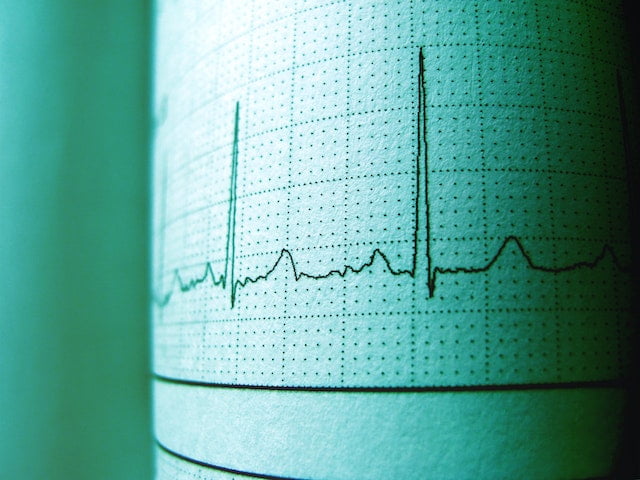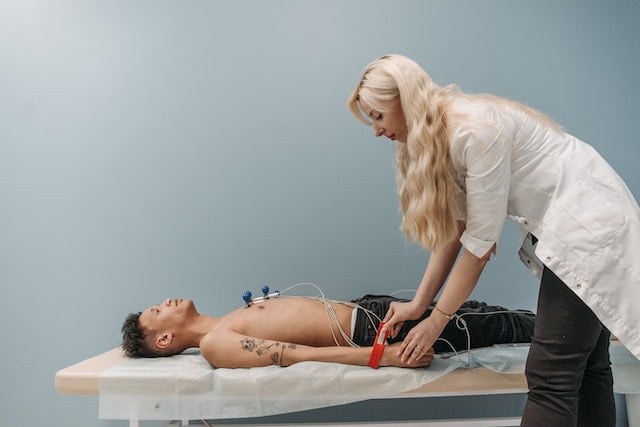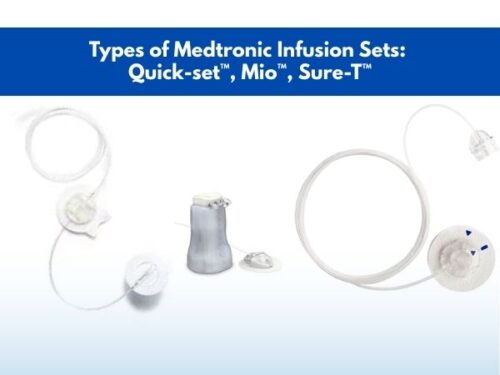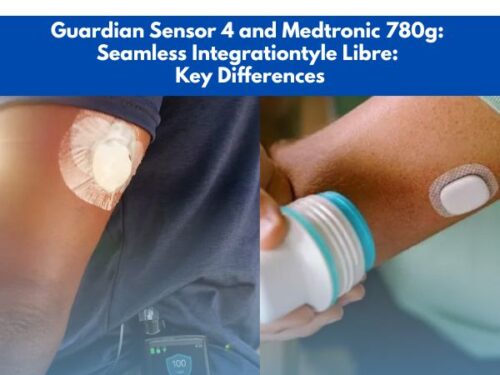Demystifying ECG Machine Parts and Functions: A Comprehensive Guide

While examining a patient, it is a common practice of physicians to quantitate the rhythmic activity of the heart in order to evaluate the condition of the organ as well as if any disease is associated with it. For this purpose, an electrocardiography, famously known as an ECG, is performed which works by detecting and visualizing the working of the heart in the form of a graph called an electrocardiogram. To understand more about the ECG machine parts and functions, let us dive into the details of a 12-lead electrocardiographic device.

Parts of an ECG machine along with their functions
An ECG machine comprises the following parts all of which are detailed as follows:
• Electrodes along with their leads
• Amplifying devices
• Output devices e.g. paper strips or portable monitors
In the following points, the basic ECG machine parts and functions have been summarized to give a brief understanding to the readers about how an ECG machine works.
1. Electrodes:
Based on soft and adhesive metal discs attached to the ends of the lead wires, the ECG electrodes are the parts that are directly attached to the patient’s skin at different locations. The main function of these electrodes is to detect and record the weak cardiac signals running throughout the body. These signals are then sent to an amplifier followed by being visually displayed.

Types of ECG electrodes
The commonly employed 12-lead ECG machine has 10 such lead electrodes which elevate the efficiency of the device. However, 3-lead and 5-lead ECG devices are also available but the 12-lead ECG instruments exceed their efficiency due to their:
– Accuracy of measurement
– Data reliability
– High specificity
– High sensitivity
• 12-lead ECG machine
In a 12-lead ECG device, 10 electrodes are placed on different parts of the body. 6 of these 10 electrodes go on the chest area while the rest are to be set on the soft tissues of the limbs. The exact positions of these electrodes are as follows:
Placement of 6 chest electrodes
| Electrodes aimed for placement on the chest | Placement position |
| V1 | 4th intercostal space to the right of the sternum |
| V2 | 4th intercostal space to the left of the sternum |
| V3 | Directly between the leads V2 and V4 |
| V4 | 5th intercostal space at midclavicular line |
| V5 | Level with V4 at left anterior axillary line |
| V6 | Level with V5 at the midaxillary line |
Placement of 4 limb electrodes
| Electrodes aimed for placement on the limbs | Placement position |
| RA | Upper right arm |
| LA | Upper left arm |
| RL | Lower right leg |
| LL | Lower right leg |
2. Amplifier:
The signals which the electrode discs pick from the heart are very feeble and need to be stabilized in order to be read. For this purpose, an amplifier is attached to the device which works by converting the weak electrical signal to a stronger one which can subsequently be interpreted and displayed by the output devices. However, these amplifiers are affixed at a distance from the electrodes to avoid the chances of electrical shock to the patient.
3. Output devices:
Once the ECG has been completed, the test results are to be displayed on a paper strip as an electrocardiogram or on a portable screen. Therefore, both of these instruments are considered output devices. In the case of a paper strip result, a recorder records the signal followed by its printing via a computer, magnetic tapes, and oscilloscopes. On the other hand, portable holder monitors can also be employed to display the rhythmic activity of the heart.

Merits of ECG test
The ECG test has numerous advantages in the medical field some of which include:
• Accurate measurement of QRS, ST, and T waveforms
• Detection of ST elevation (which can only be done by 12-lead ECG)
• The precision of diagnosis of the cardiac arrhythmias (better than Holter or Event monitor)
• Reliable diagnosis of cardiac ischemia
Demerits of the 12-lead ECG process
The 12-lead ECG machine, although superior to all other types of ECG machines, has some demerits as well which include:
• Detachment of the electrodes from the skin while the device is in use
• Disconnection of the electrodes from the device during employment
• Battery run-outs while in use lead to the hindrance of the process
• Restrictions in the wireless data transmission
Limitations of ECG test
Despite being widely run in healthcare setups, the ECG test cannot tell everything about the heart and its health or disease state. Thus, the ECG test comes with the following limitations:
• Indefinite diagnosis of congestive heart failure (CHF)
• Restricted employment of the device during a surgical procedure
• Inaccurate measurement of cardiac rhythm when used on anesthetized patients
• Inability to diagnose endocardium-related disease conditions
• Limited diagnosis of the pericardium as well as valves malfunctioning
• Inaccurate detection of cardiac abnormalities in the hypertensive patients
Conclusion
If a patient is experiencing constantly elevated heart rate, higher than normal blood pressure, unexplained chest pain, or usually occurring headaches, it is suggested by the physician to go for an ECG test to confirm or rule out the possibility of heart disease.
Among all the ECG devices, the 12-lead instrument dominates the others owing to its reliability of measurement as well as the accuracy of the testing process.
Additionally, with the efficiency of amplifiers as well as the output devices, electrocardiography is considered one of the most accurate processes which can be employed for the quantification of the cardiac rhythm.



















